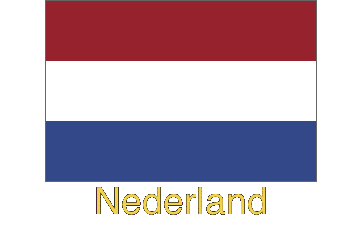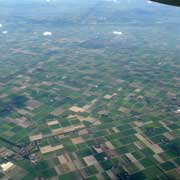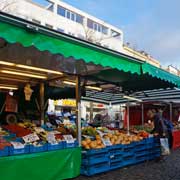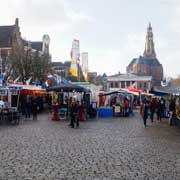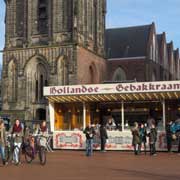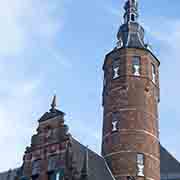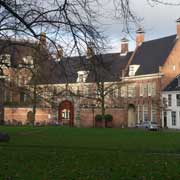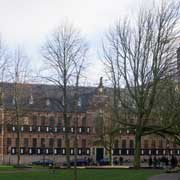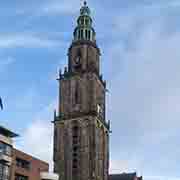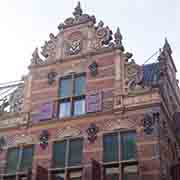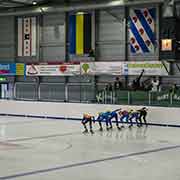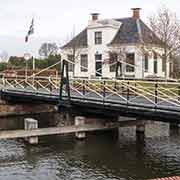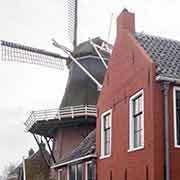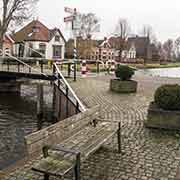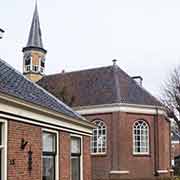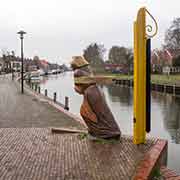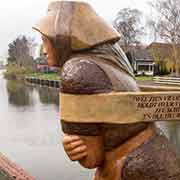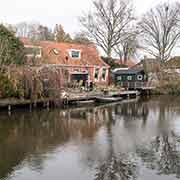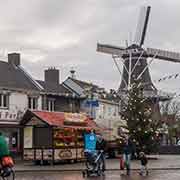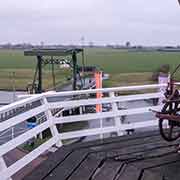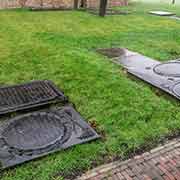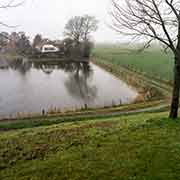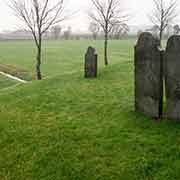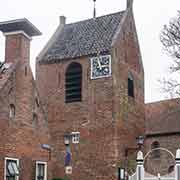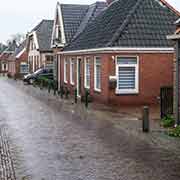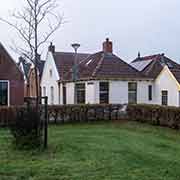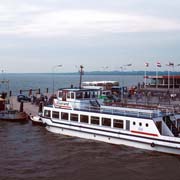Photos of Groningen, Netherlands
The Province of Groningen
Groningen, the northeasternmost province of the Netherlands is bordered by Fryslân to the west, Drenthe to the south, Germany to the east, and the Waddenzee (Wadden Sea) to the north. It has an area of 2,960 km² and has about 580,000 inhabitants. It is mainly farm land and the site of the largest natural gas field in Europe near the village of Slochteren, exploited since 1963. However, because of the increase in induced earthquakes, production has recently been scaled down.
you may then send it as a postcard if you wish.
Groningen was originally part of Frisia, the traditional homeland of the Frisians, now associated with Fryslân; after having been part of the Frankish Empire and the Holy Roman Empire it was conquered in 1594 by the Dutch Republic of the Seven United Netherlands and has belonged to the Netherlands ever since.
The capital city, also called Groningen, is an old city; the oldest archaeological finds are thought to be about 6000 years old and its first major settlement dates from at least the 3rd century CE. During the Middle Ages it was a virtual city-state, exerting a dominating influence on the surrounding Ommelanden (Surrounding Lands); the Frisian language, that was spoken there, disappeared and was replaced by Gronings (Grönnegs), a Low Saxon dialect from the city; in the 14th century, the city of Groningen became a member of the Hanseatic League.
Groningen is the largest city in the north of the Netherlands, with a population of over 200,000. It houses the University of Groningen and is a lively and attractive city, with its iconic Martini tower and church, the Goudkantoor (Gold Office) and the Provinciehuis (County house), that, thankfully, escaped damage during the Battle of Groningen between German troops with their Dutch and Belgian SS collaborators and the 2nd Canadian Infantry Division, during the final month of Second World War in April 1945, although buildings around the Grote Markt (Market Square) were destroyed.


